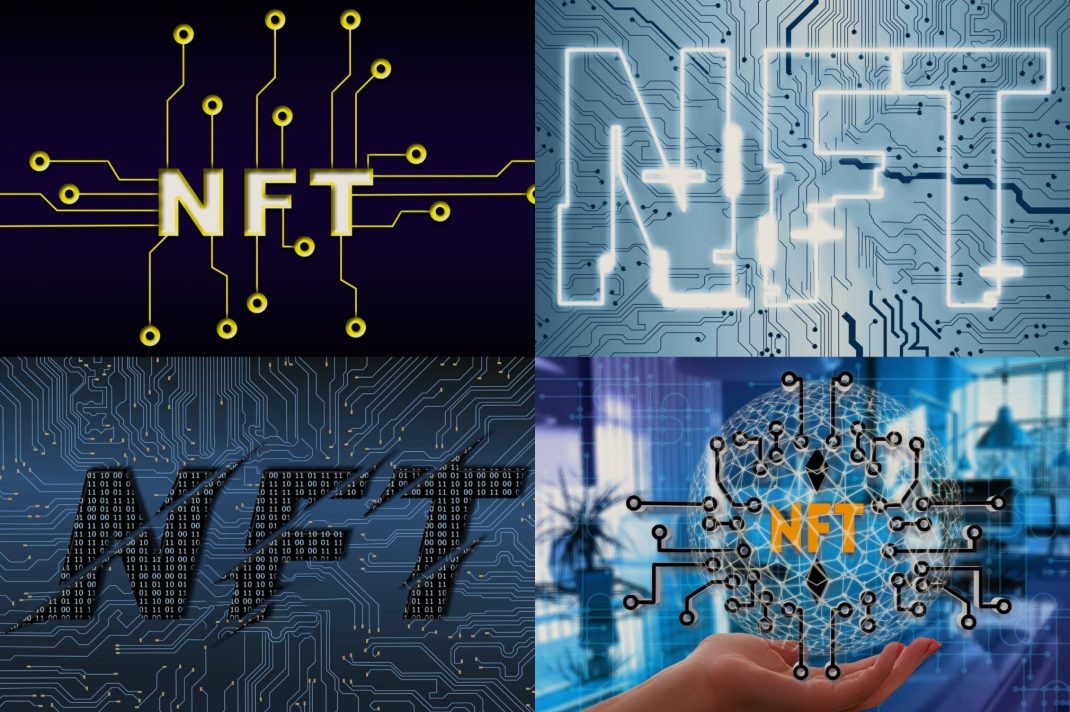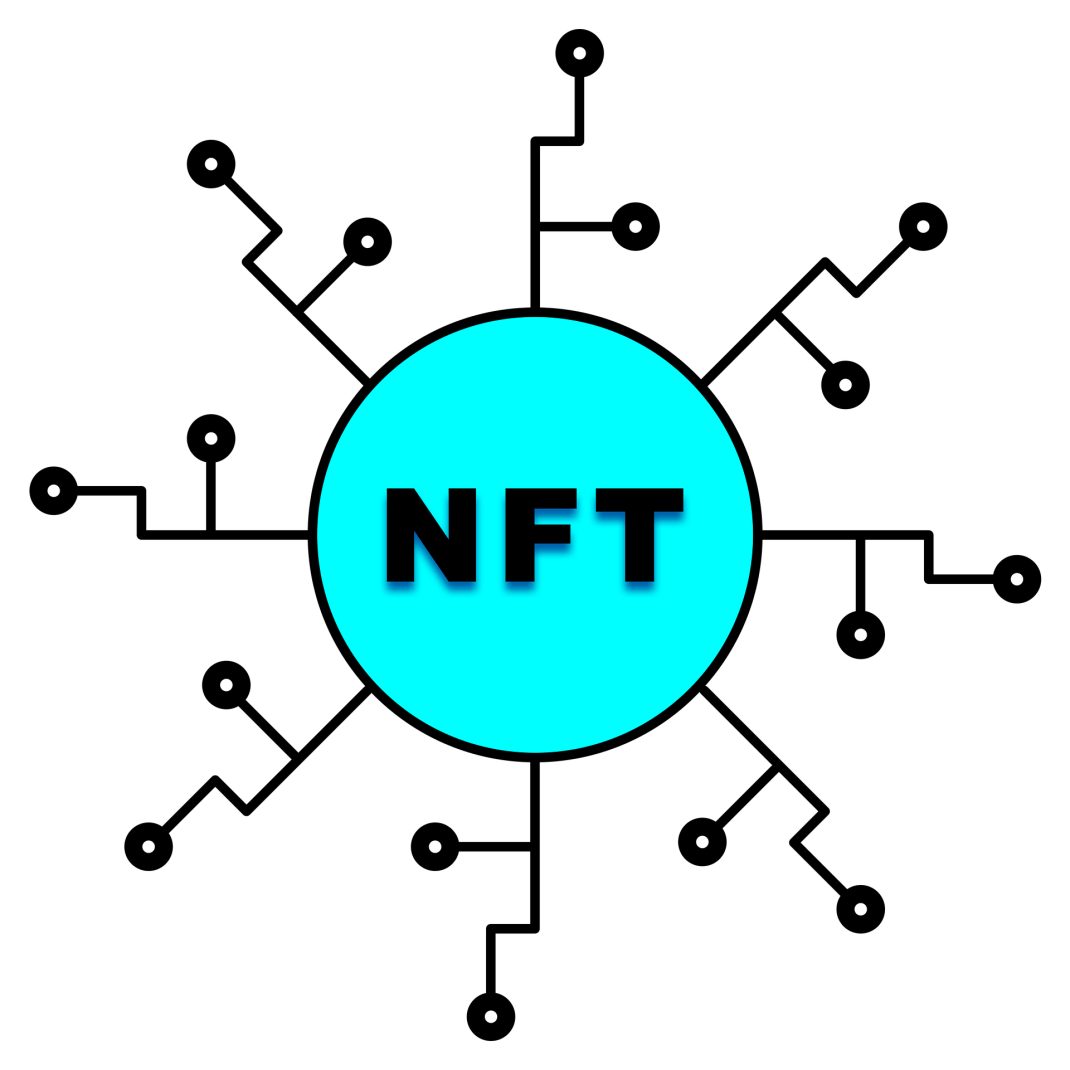Non-fungible tokens, or NFTs, have become increasingly popular in the world of cryptocurrency. NFTs are unique digital assets that are stored on a blockchain and can represent anything from artwork to music to virtual real estate. In this article, we will discuss what NFTs are, how they work, and their potential as a cryptocurrency.

Contents
What are NFTs?
NFTs are digital assets that are unique and cannot be replicated. They are created using blockchain technology, which provides a secure and transparent way to verify ownership and authenticity. Unlike traditional cryptocurrencies like Bitcoin, which are fungible and interchangeable, each NFT is unique and has its own value.
NFTs can be used to represent a wide variety of digital assets, including artwork, music, videos, and even virtual real estate. They are often used in the world of gaming and virtual reality, where they can represent rare and valuable items that players can buy, sell, and trade.
– Decentralized Finance (DeFi) and The Top DeFi Cryptocurrencies
How do NFTs work?
NFTs are created using a smart contract on a blockchain platform, such as Ethereum. The smart contract defines the ownership and characteristics of the NFT, such as its name, description, and metadata.
Once the NFT is created, it can be bought, sold, and traded on NFT marketplaces or directly between individuals. Each NFT is unique and has its own value, which is determined by supply and demand.
The ownership and transaction history of NFTs are stored on the blockchain, which provides a transparent and immutable record of ownership and authenticity.
Potential of NFT Coins
NFTs have several potential use cases as a cryptocurrency. They can be used as a store of value, similar to Bitcoin or other traditional cryptocurrencies. They can also be used as a means of exchange, allowing individuals to buy and sell unique digital assets.
NFTs can also be used in the world of gaming and virtual reality, where they can represent rare and valuable items that players can buy, sell, and trade. This creates a new economy within these virtual worlds, where players can earn real-world money by buying and selling NFTs.
NFTs also have the potential to revolutionize the art world, allowing artists to sell their digital artwork as unique and valuable assets. This provides a new revenue stream for artists and allows collectors to own and display digital art in a way that was not possible before.
The Most Well-Known NFT Coins: A Comprehensive Overview
Non-fungible tokens (NFTs) are unique digital assets that are stored on a blockchain and have become increasingly popular in the world of cryptocurrency. In this article, we will discuss the most well-known NFT coins and their potential as a cryptocurrency.

Flow (FLOW)
Flow is a blockchain built for NFTs and other digital assets. The platform allows for the creation, sale, and exchange of NFTs, as well as other digital assets. Flow is backed by some of the biggest names in the industry, including NBA Top Shot and CryptoKitties.
Theta (THETA)
Theta is a decentralized video streaming platform that allows users to stream video content while earning tokens. Theta’s NFT marketplace, ThetaDrop, allows creators to tokenize their content and sell it as NFTs. Theta is gaining traction and has partnerships with notable companies such as Google Cloud and Samsung.
Enjin (ENJ)
Enjin is a blockchain platform designed for creating and managing virtual goods. Its NFT marketplace, the Enjin Marketplace, allows creators to tokenize their assets and sell them as NFTs. Enjin also offers a suite of tools for game developers, making it easy to integrate NFTs into games.
These are just a few of the most well-known NFT coins in the market. NFTs have gained significant attention and adoption in recent years, and their potential use cases are expanding beyond just digital art and collectibles. As the NFT market continues to grow, it will be interesting to see how these coins develop and adapt to meet the needs of the ecosystem.
– Artificial Intelligence in Cryptocurrency: The Future of Trading and Beyond
Conclusion
NFTs are a unique and innovative use of blockchain technology, providing a new way to own and trade digital assets. They have several potential use cases as a cryptocurrency, including as a store of value, means of exchange, and asset in the world of gaming and virtual reality. The art world is also embracing NFTs as a way to sell and display digital art. As NFTs continue to gain popularity, they have the potential to revolutionize the way we think about ownership and value in the digital world.




